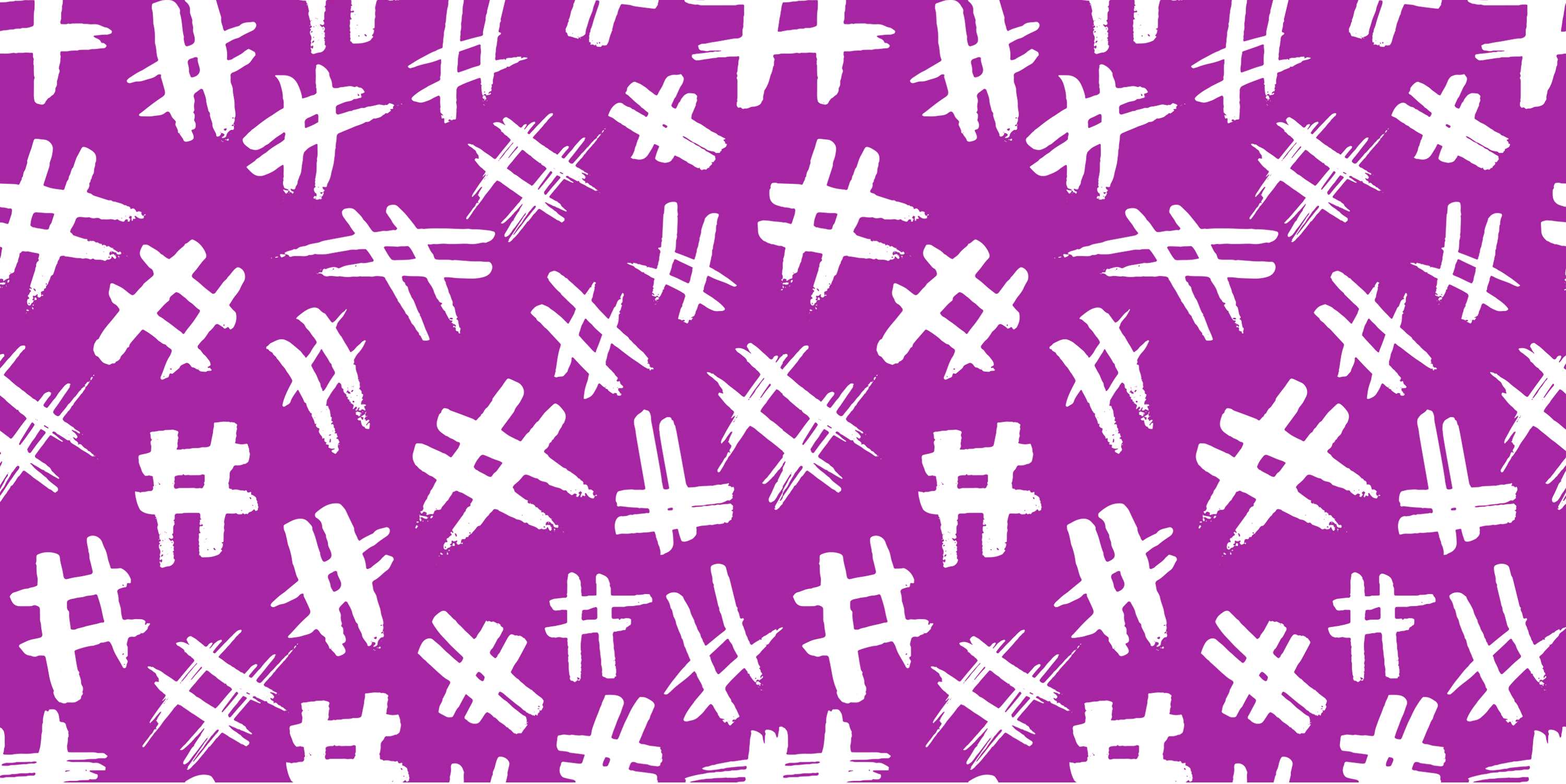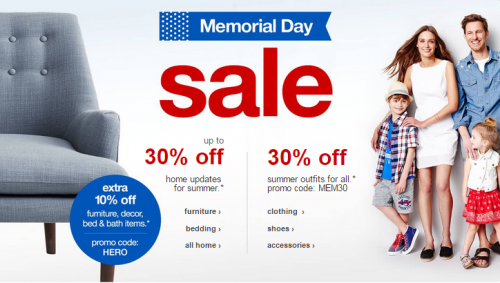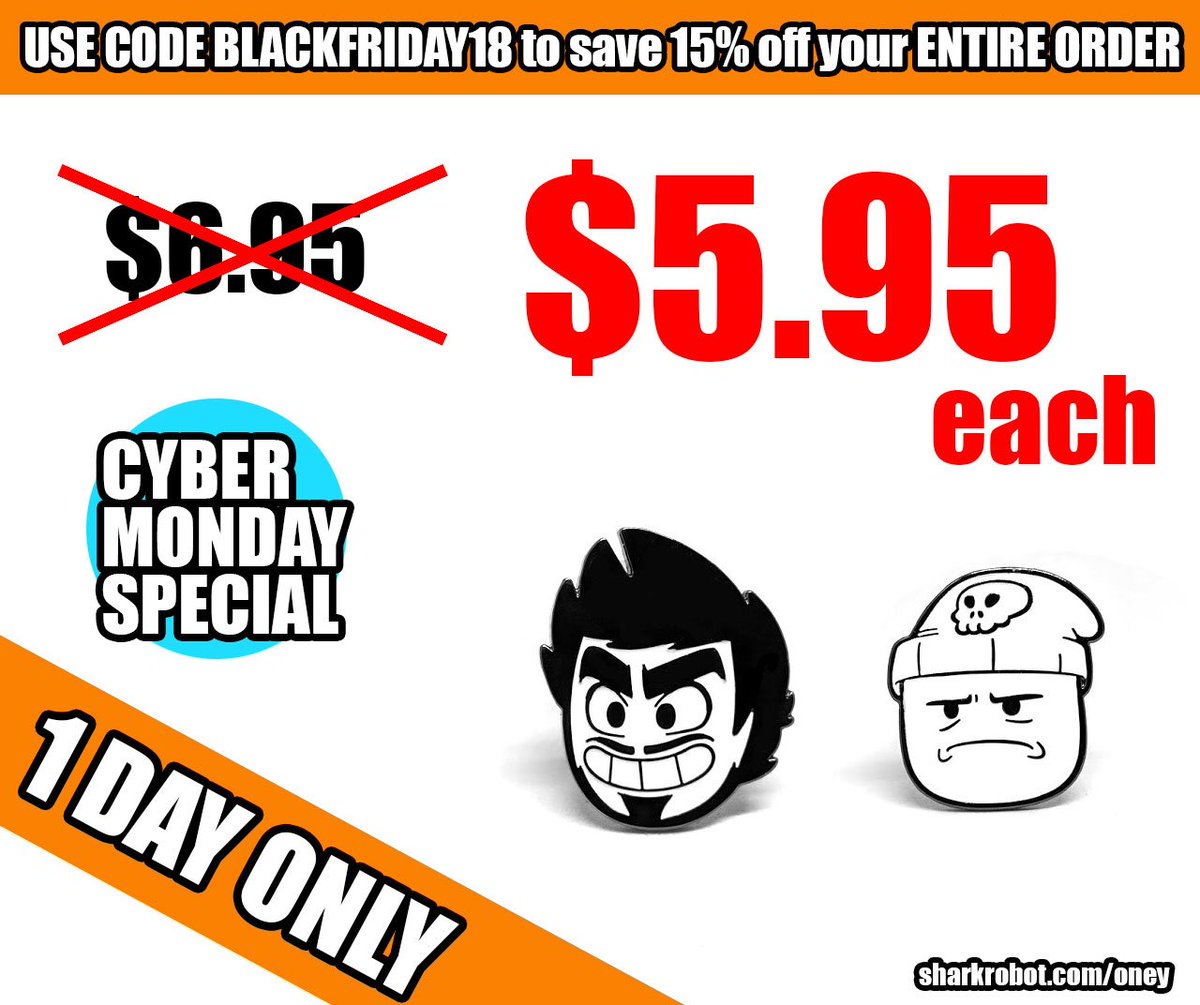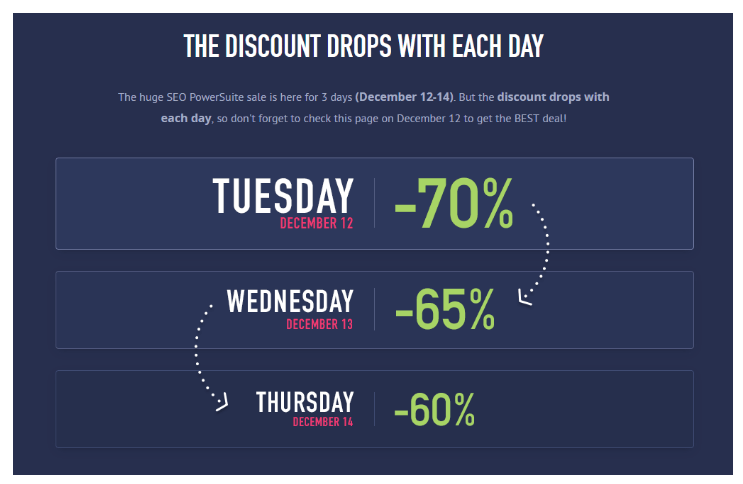The psychology of pricing: discounts

Recently, we’ve talked about the psychology of pricing: how to make your pricing seem lower, less painful, or simply “fair”. Today, we’ll continue with the biases in the people’s perception of pricing, but this time, we’ll talk about discounts specifically.
Discounts are used regularly, successfully (most of the time), and require just a bit of a psychological push to get your sales to a whole new level. Let’s see what we can do to make discounts even more appealing.
1. The rule of 100.
Most people aren’t good at math. Instead of calculating how much money the offer saves them, they usually go with the feeling. If it feels like a large discount - good. If not, then why bother counting?
Here’s exactly how to make your discount look good. “The rule of 100” was proposed by Jonah Berger (2013) in his book Contagious: Why Things Catch On.
Imagine you’re selling a sweater for $50. Which discount seems like a better deal: 20% off vs. $10 off? Surely, it’s the first one. Also, surely, they are actually the same.
On the other hand, imagine selling a party dress for $250. Which deal sounds like a better one: 10% or $25?
I assume you get the point. When your price is under 100, give percentage discounts. When your price is over 100, give absolute discounts.
2. Use rounded values.
Rounded values generally seem bigger. Thomas and Morwitz (2006) found that people perceived the difference between 4.97 – 3.96 to be smaller than the difference between 5.00 – 4.00. You want to visually magnify the discount, so use the rounded values to do that.
3. Give the reason behind the discount.
Discounts leave us feeling ambiguous. On the one hand, the product is cheaper - great! On the other hand, the product is cheaper - why?
Is there something wrong with it? Probably! Otherwise, why would they discount it?
Prevent such questions. Explain why you’re having a sale. For example, it’s because of clearance, or you’ve managed to lower the cost due to obtaining lower costs from suppliers, or it’s the owner’s birthday.

4. First show the original price, then the sales price.
Let’s return to anchoring - a psychological bias that means that the price you see first becomes an anchor you measure all upcoming prices against. To make your discount look significant, show the original price first, then show the sales price.
According to researchers, because we read from left to right, the customers will perceive a larger discount when the sale price is positioned to the right of the original price.

5. Avoid discounts for luxury and high-quality products.
When competing with other brands, your brand either competes for pricing or for quality. You’re either same/lower quality and cheaper or same/more expensive price but better quality. In the minds of consumers, where more expensive generally means better quality, you can rarely prove that you’re everything.
So, if you’ve chosen to compete for the price - go ahead, introduce as many discounts as you wish. The demand for the product will remain the same after the discount. Don't Pay Full is definitely a good website to check how different brands market their discounts.
However, if your brand is competing for quality, stay away from discounts. They will turn your consumers to your competitors because suddenly you’ll be perceived as someone who’s actually competing for the better price and in this case, you're losing the battle.
Discounts force your consumers to pay more attention to the price as opposed to the product. And if your price is high even after the discount, you don’t want the consumers to pay a lot of attention to it.
6. Gradually decrease discounts.
There are a number of different ways to do discounts, but researchers found that the most effective is the gradual discount decrease. This is when you start your discount with a high number (e.g., 50% off), then change it to a smaller one (e.g., 40% off) on the next day, and to the even smaller one (e.g., 30% off) the day after that. And only then you return to your usual pricing.

Three subsequent studies showed that this type of discount brings higher revenue, increases willingness-to-pay, and increases the likelihood of visiting a store.
7. Introduce discount bundles (conditions apply).
Discount bundles make the customer perceive the product as a higher-value purchase. Bundles reduce the pain that comes with paying. The customers have a harder time evaluating what the “right” or the “fair” price for the product is, and, therefore, the risk that the price will seem wrong decreases. Besides, bundling gives you the opportunity to make customers try new products.

However, not all is that one-dimensional when it comes to bundling. Sometimes, offering a bundle decreases the perceived value of the product, i.e. the product would be better sold alone!
This happens when you bundle together an expensive and an inexpensive produсts. In this case, people tend to avoid bundles. For example, in a study, people were more likely to purchase a $2,299 home gym when it was offered alone than when it was combined with a fitness DVD.
Conclusion:
Discounts, at least, the most effective discounts, aren't as simple as mindlessly slashing prices. You've got to take into the account how people perceive numbers, products, and how they perceive your brand specifically. And then go ahead with using the methods above.













